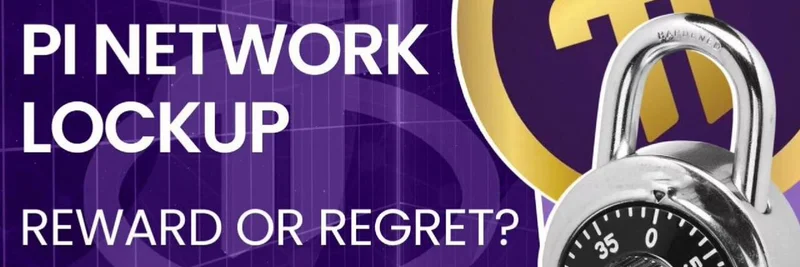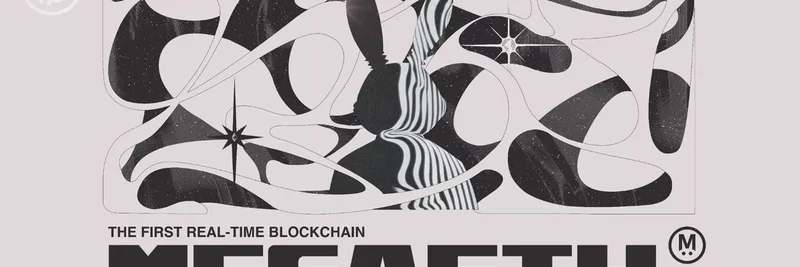Pi Network Lockup 2025: Boost Mining or Risk Regret?
The Pi Network has been a topic of interest for many in the cryptocurrency space, especially with its unique approach to mining and the recent introduction of the lockup feature. As we step into 2025, the question on everyone's mind is whether the lockup feature will be a reward or a regret for miners. Let's dive into the details.
What is the Pi Network Lockup Feature?
The lockup feature in Pi Network allows users to voluntarily lock up their Pi tokens to boost their mining rates. This feature is designed to create a more stable ecosystem by reducing the number of liquid coins in circulation. By locking up your Pi, you can earn higher mining rewards, but you also commit to not accessing those tokens for a set period.
Types of Lockups
There are two types of lockups in Pi Network: pre-migration and post-migration lockups.
- Pre-migration Lockups: These are applied before the migration to the mainnet and affect the Pi tokens you have mined so far. They boost your current Pi based on future lockup settings.
- Post-migration Lockups: These apply to the Pi tokens you have already acquired on the mainnet. Once migrated, these tokens are free to be locked up.
Both types follow the same rewards calculations and are irreversible once committed. The main difference lies in when and how the lockup affects your tokens.
How Does It Work?
The lockup feature works by allowing you to configure your lockup settings, which include the percentage of Pi you want to lock up and the duration of the lockup. The longer you lock up your Pi, the higher the boost to your mining rate. For instance, a full three-year lockup at 100% can significantly increase your mining rewards.
Here’s a breakdown of the lockup durations and their corresponding boosts:
- 2 weeks: 25% boost
- 6 months: 50% boost
- 1 year: 100% boost
- 3 years: 200% boost
This system encourages long-term commitment to the network, which in turn helps stabilize the ecosystem by reducing speculative trading.
Rewards and Risks
Rewards
The primary reward of the lockup feature is the increased mining rate. By locking up your Pi, you can earn more Pi over time, which is particularly beneficial for those who believe in the long-term value of the network. Additionally, the lockup feature helps in creating a more stable ecosystem, which can lead to less volatility and more consistent value for Pi tokens.
Risks
However, there are risks involved. Once you commit to a lockup, you cannot change your mind halfway through. This means you won't have access to those tokens for the duration of the lockup, which could be a problem if you need liquidity or if the market conditions change unfavorably. Critics argue that this feature might be more about controlling the supply than benefiting the users, especially since many users still need to complete KYC (Know Your Customer) processes to access their tokens.
What Critics Say
Some critics, like Sunday Peter from TokenInsight, have expressed concerns about the lockup feature. They argue that it might be a strategy to manage the token's price by controlling supply, especially given the discrepancy between the team's promises and the actual functionality of the Pi token. The lockup feature is seen by some as a way to delay the inevitable unlock of coins, which could flood the market and depress prices.
Conclusion
The Pi Network lockup feature in 2025 presents a dilemma for miners: is it a reward or a regret? For those who are in it for the long haul and believe in the network's potential, the lockup could be a rewarding strategy to boost mining rates and contribute to a stable ecosystem. However, for those who value liquidity and are skeptical about the network's future, it might be seen as a regretful decision.
As always, this isn't financial advice. Make sure to do your own research and consider your personal circumstances before deciding to lock up your Pi tokens. The Pi Network continues to evolve, and whether this model succeeds will depend on how well it balances the needs of its users with the goals of the network.
For more insights into meme tokens and blockchain technology, visit Meme Insider.



